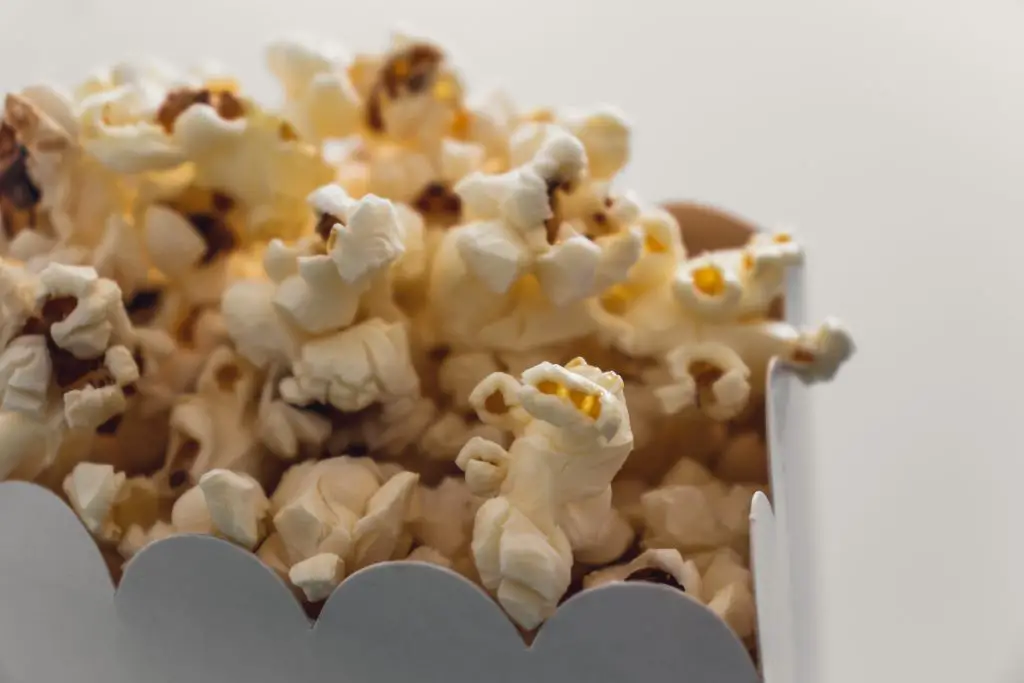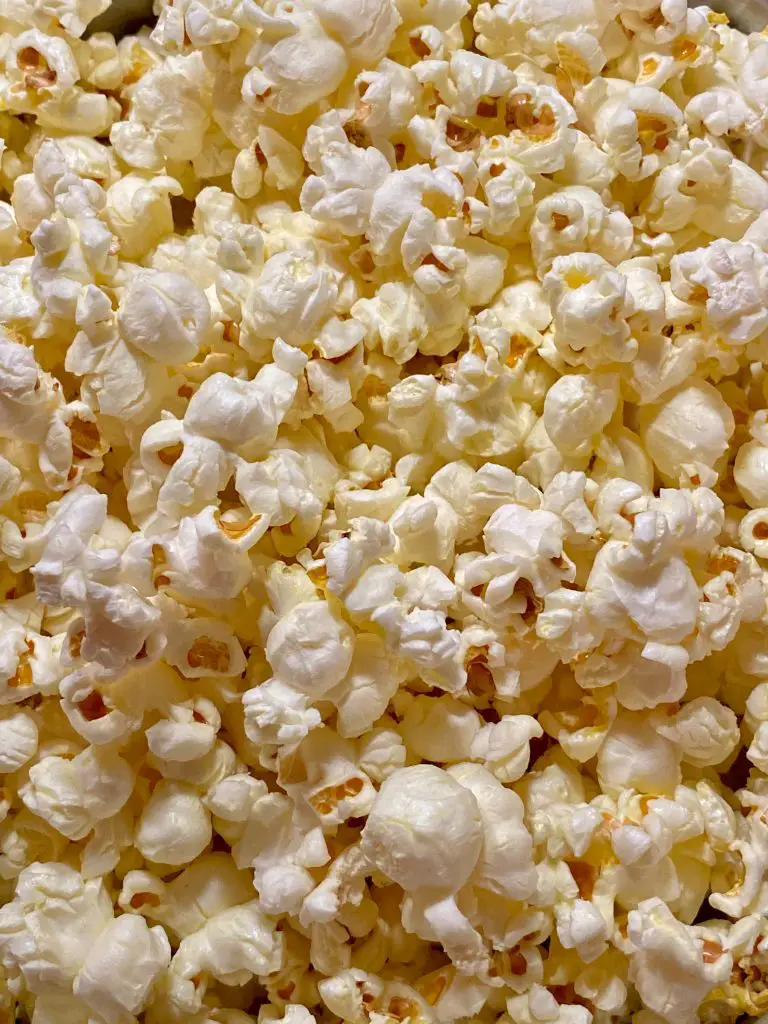Can You Plant Popcorn Seeds From The Store? It is common for many people to purchase popcorn seeds from the local grocery store to make their own popcorn at home however many people have also wondered whether you can actually plant these seeds and grow your own popcorn at home in your own garden.
Popcorn seeds can in some cases be grown from store-bought popcorn packets however the germination can be somewhat variable because some popcorn seeds are sterilized or heat-treated before being packing which can make them infertile. If you have a packet of popcorn seeds at home that you want to try to grow you can always do a seed viability test which is quick and simple to do.
To test whether popcorn seeds are viable to grow in your garden the easiest way is to simply place the seeds onto a damp towel paper. To maintain the moisture of the damp towel for an extended period of time it needs to then be placed in a plastic container and left the 7 to 10 days. If the seeds are viable you will typically see germination in that period of time, however, if nothing is happening it is worth waiting another couple of days before writing the seeds off completely.
If the seeds are viable they can be picked up and placed directly into the soil so there is no need to waste them. However, if the seeds are not viable it is best to purchase seeds from a specialist seed supplier such as seeds now who also only offer heirloom seeds which means that the seeds can be successfully saved in subsequent years so you only need to buy the seeds once. To check out their website click on the link below.
How To Grow Popcorn Seeds At Home
Popcorn seeds are relatively easy to grow and have similar requirements to corn seeds. Most gardeners tend to start the plants out in early spring indoors to get an early crop however the seeds can also be sown directly into the garden once the weather warms up.
To start the plants off in a seed tray start by filling it with good quality seed raising mix and firm the mixture into the individual cells to form solid plugs. This is advantageous because it makes transplanting of the seedlings easier later on as the plugs can be taken out as one solid piece which reduces the level of root disturbance when the plant is transplanted into the garden.
One seed per cell should be planted at a depth of approximately 1 inch into a seed tray. Once planted seeds will typically take up to 7 to 10 days to germinate in most cases, however, this is dependent upon the specific climatic conditions.
How To Transplant Seedlings Into The Garden
The seedlings will typically need to spend somewhere around 6 weeks in the seed tray before they can be planted out into the garden. As popcorn plants, are frost-sensitive in the same way that sweet corn is transplanting on the seedlings cannot occur until all risk of frost has passed.
The seedlings should ideally be planted in a location that is relatively warm and gets 6 to 8 hours of sun per day. In terms of soil conditions, popcorn plants prefer rich moist and free-draining soil that contains plenty of nutrients. In cases where your soil is not of great quality it is advisable to add a bag of compost before planting the seedlings into the garden.

Seedling should ideally be planted approximately 1 ft apart in a block of seedlings rather than in a single row as this will aid with pollination. This is because corn plants, whether they are popcorn or sweetcorn, are wind-pollinated plants so planting them in the block increases the probability of the plants being fully pollinated.
Once the seedlings have been planted it is advisable to apply a thick layer of mulch and sprinkle snail bait around the plants to ensure that they are not attacked by slugs and snails early on.
If you are wanting to maximize your crop it is advisable to plant other vegetables with corn. The most common crops that are typically grown with corn are ones with trailing vine which include pumpkins, watermelons, cucumbers, and rockmelon. Plants with trailing vines are particularly suitable because they serve as a ground cover helping to retain moisture and suppress weeds.
In addition to planting these types of plants it is common also to grow climbing beans which will help the corn grow by increasing the nitrogen levels in the soil. However, I generally recommend that you grow beans that you intend to let grow full maturity rather than green beans which can be difficult to access sometimes during the season.

Once the plant is in position there is generally little maintenance required other than to regularly water the plants and ensure that the beds remain weed free. Popcorn will generally produce relatively tall stalks between 4 and 6 ft tall that can be left unattended until the foliage begins to die back at which point the corn cobs can be harvested.
You can typically expect to get two corn cobs per stalk and these need to be picked and put aside in a dry warm location to allow the kernels on the cob to harden before harvesting the plant. Generally, it is a good idea not to rush this process as the popcorn kernels need to fully dry before being stored to reduce any chances of the formation of mold.
The kernels produced from this crop can be used in the kitchen however it is advisable to put aside at least some of the kernels for growing next year’s crop.
I hope you found this article useful and have great success growing your own popcorn at home, if you have any additional comments or questions please leave them in the section below.
Relevant Articles
How Long Does It Take For Corn Seeds To Germinate? How Does Temperature Effect It?
When Do You Pick Corn? What happens If You Pick Corn Too Early?
Is It Too Late To Plant Sweet Corn?

